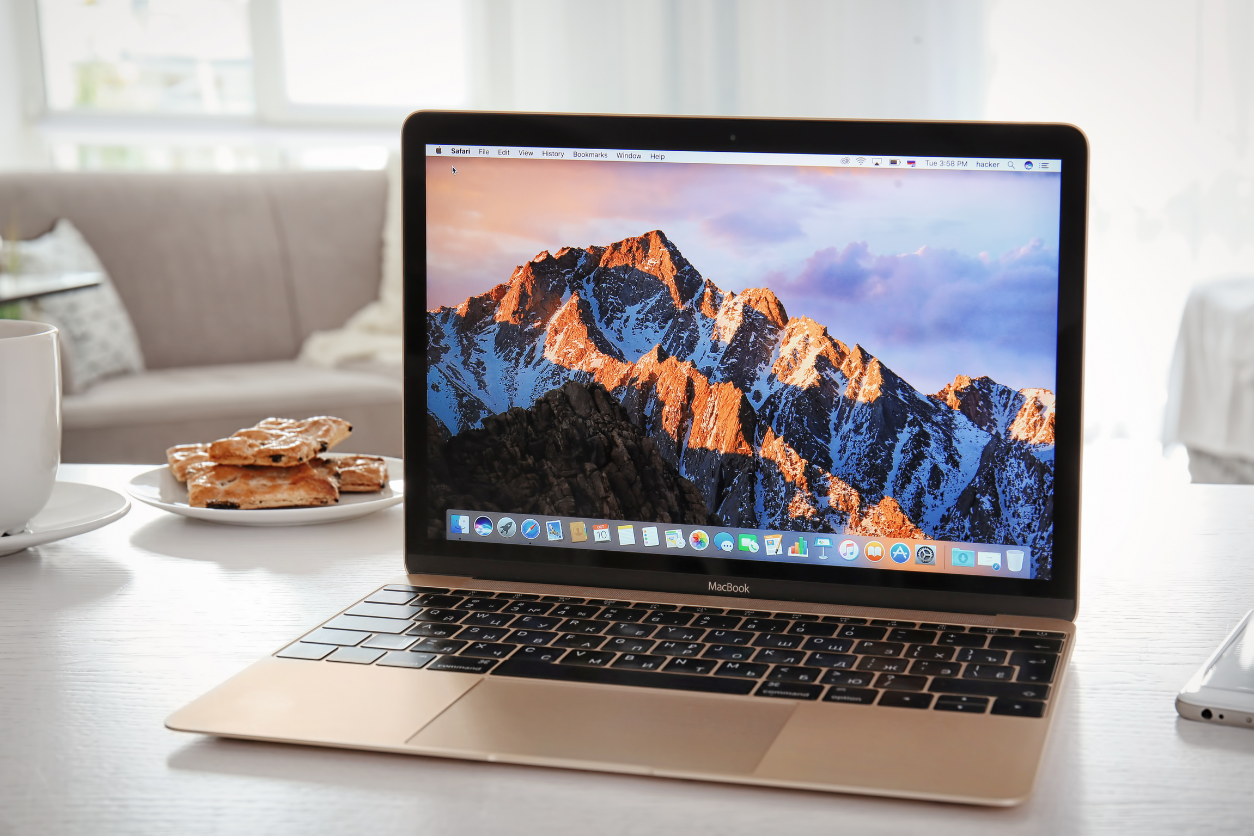Transform Your Macbook Pro’s Audio with This One Accessory

There’s something special about enjoying your favorite tunes or movies with high-quality sound, especially if you’re using your MacBook Pro. As a serious audiophile, you know the built-in speakers, despite their impressive advancements, can only do so much. To truly experience studio-quality sound, adding a subwoofer to your setup can make all the difference.
First, let’s acknowledge what the latest MacBook Pros bring to the table. Apple’s advancements in speaker technology have made significant strides, with their latest models featuring a high-fidelity six-speaker sound system. This setup includes force-cancelling woofers that deliver surprisingly good bass and support for spatial audio and Dolby Atmos. While this is a great leap for laptop speakers, they still have their physical limitations. To push beyond these limits, integrating a subwoofer can bring the low-end frequencies to life, giving your audio the depth and clarity it deserves.
Why Add a Subwoofer?
Adding a subwoofer to your MacBook Pro setup isn’t just about getting louder sound – it’s about enhancing the quality of the audio experience. A subwoofer can reproduce lower frequencies that the built-in speakers simply can’t handle. This means you’ll hear deeper bass notes, which are essential for a full-bodied sound. Whether you’re listening to music, watching movies, or gaming, a subwoofer can create a more dynamic and immersive experience.
When I first added a subwoofer to my MacBook Pro, the difference was night and day. The bass became fuller and more pronounced, making everything from movie soundtracks to music more enjoyable. It’s not just about the boom; it’s about the richness and the detail that a good subwoofer can add to the overall sound profile.
Setting Up Your Subwoofer
To get started, you’ll need a powered subwoofer. This type of subwoofer comes with its own built-in amplifier, making it easy to connect to your MacBook Pro. Here’s how you can set up your subwoofer to work seamlessly with your MacBook:
- Connect the Subwoofer: Use a standard 3.5mm audio cable to connect the subwoofer to your MacBook Pro’s headphone jack. This will send the audio signal from your MacBook to the subwoofer.
- Configure Audio Settings: When you plug in the subwoofer, your MacBook will automatically switch to the external output, muting the internal speakers. To use both the internal speakers and the subwoofer simultaneously, you’ll need to create a multi-output device. Here’s how:
- Open the Audio MIDI Setup app on your Mac.
- Click the plus button in the lower left corner and select “Create Multi-Output Device.”
- Check both the “External Headphones” and “MacBook Pro Speakers” options.
- Rename the device to something like “MacBook Pro + Sub” for easy access.
- In the volume control, select your new multi-output device.
- Adjust Subwoofer Levels: Balance is key to achieving the best sound. Use the controls on your subwoofer to adjust the volume and crossover frequency. You can also fine-tune the settings in the Audio MIDI Setup app by adjusting the volume slider for the external headphones.
Enhancing the Experience
With your subwoofer set up, you’ll immediately notice a richer, more detailed sound. However, there are additional steps you can take to optimize your setup and make the most of your audio experience.
Placement Matters
The placement of your subwoofer can significantly impact the quality of the sound. Ideally, the subwoofer should be placed on the floor, near a wall, or in a corner. This placement can enhance the bass response by utilizing the natural acoustics of the room. Experiment with different locations to find the spot that provides the best balance of sound.
Using Sound Source for Fine-Tuning
For even greater control over your audio setup, consider using an app like Sound Source by Rogue Amoeba. This app allows you to manage audio inputs and outputs, apply effects, and adjust levels with precision. Although it comes with a price tag, its features can take your sound experience to the next level.
With Sound Source, you can:
- Control volume levels from your MacBook’s hardware keys.
- Apply a 10-band or parametric equalizer to tailor the sound to your liking.
- Add effects like low and high pass filters, compressors, and more.
By fine-tuning the equalizer settings, you can enhance the clarity and balance of your audio, ensuring that both the subwoofer and the internal speakers work harmoniously.
Enjoying Studio Quality Sound
Now that you’ve set up your subwoofer and optimized your audio settings, it’s time to enjoy the benefits. The combination of your MacBook Pro’s advanced speaker system and a powerful subwoofer creates a sound experience that’s hard to beat. Whether you’re an audiophile, a music producer, or just someone who loves high-quality sound, this setup will elevate your listening experience to new heights.
One of the best things about this setup is its versatility. You can enjoy amazing sound quality whether you’re working at your desk, lounging on the couch, or even taking your MacBook outdoors. The portability of a compact subwoofer means you can easily move it around to suit your needs, without sacrificing audio quality.
Your Trust, Our Core Commitment
At Rising Tech, earning and maintaining your trust is the cornerstone of our mission. We're dedicated to transparency, impartiality, and the relentless pursuit of truth in every article, review, and recommendation we publish. Our commitment to these principles ensures that you, our valued reader, are always equipped with reliable and unbiased information. Let us be your trusted guide in the ever-evolving world of technology.